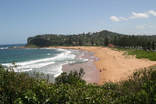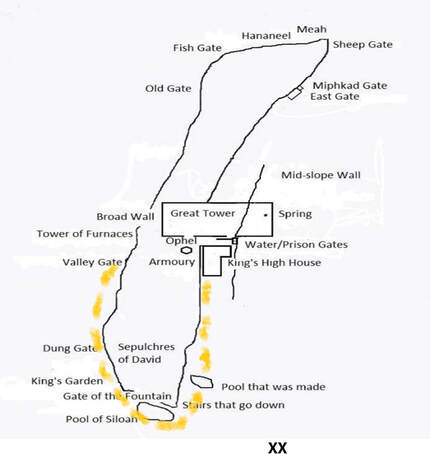
Follow carefully—and, remember what was in Nehemiah’s heart as disclosed by him to the King of Persia in Nehemiah 2:3 and 8…
’the city and the place of my father’s tombs’ and most importantly ‘the citadel which pertains to the temple, the city wall and the house that I will occupy.’
Following is an abbreviated excerpt from Chapter 12 of my new e-book, ‘THE TEMPLE QUEST’ (Click Here)
‘Nehemiah exits the City of David (note that City of David is the name used by Nehemiah in 3:15 & 12:37), via the Valley Gate (the ‘valley’ being the Tyropeon Valley) on the west and proceeds (anti-clockwise) in the direction of, or towards, a) the Serpent Well, the approximate location of which I have added to the map with XX; and b) the Refuse Gate….and he provides two landmarks. The first is the somewhat distant Serpent Well, so called because it was beside a stone known as Koheleth (serpent) in 1 Kings 1:9. That well is Ein Rogel in the valley south-east of the City of David, and it could be accessed by a gate known as the Gate of the Fountain on our map…. From that gate it was a walk of about three hundred metres, maybe more, to the Serpent Well. The two photographs below, from early 20th century, show the remains of Ein Rogel in the near foreground, and enable us to see its proximity to the ridge of the City of David and, further north, the (much later than Nehemiah) southern wall of Fortress Antonia, later used as the platform for the Muslim shrine, the Dome of the Rock.
…The Serpent Well was a landmark on the boundary between Judah and Benjamin that was still intact and well-known to Nehemiah and the people of the City of David. He also mentions the Refuse or Dung Gate which you see on the map.* He was headed in a south to south-east direction to go around the bottom of the City of David, making his way through the rubble of the broken and tumbled walls, and he then turned northward into the Kidron Valley as verse 15 indicates. He calls it NACHAL in Hebrew, the Valley of the Torrent—another name for Kidron, where the overflow from Gihon ran southward—and indeed in storms was a torrent in the valley. As he proceeds up the Kidron Valley, he examines the derelict wall (v.15) and then turns back, retraces his steps, and re-enters the city by the way he exited—the Valley Gate.
Nehemiah does not tell us how far northward up Kidron he examined, but since he makes no mention of Gihon or what he calls in Chapter 3:25, 26 & 27 ‘the tower that juts out’ (that is, the structure around Gihon Spring), but only of the stream bed or wadi into which it flowed—and since he is naming recognised landmarks, we can safely assume he did not need to go past Gihon...
As we can be certain of the extent of his reconnaissance—and since his concern, as he stated, was the citadel which pertains to the temple, and the reconnaissance included only the lower half of the City of David and its derelict walls and gates, our conclusion must be that the temple was within that defined area.
- Map by Marilyn Sams and used in the book with kind permission.

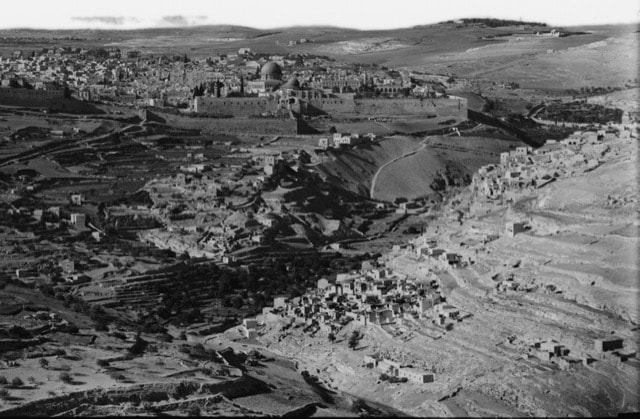
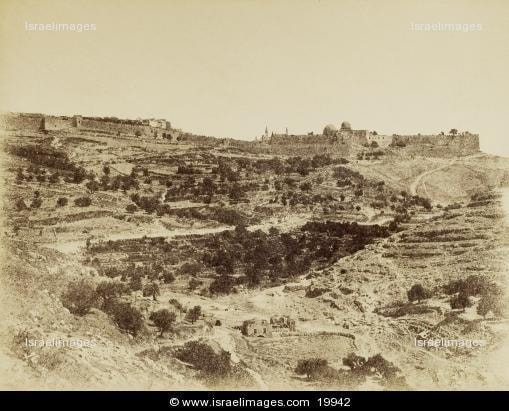
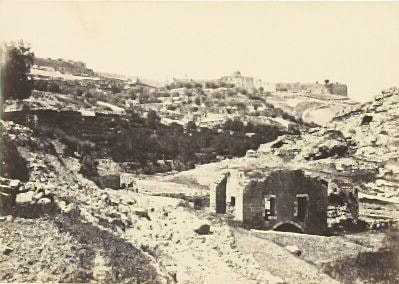
 RSS Feed
RSS Feed
